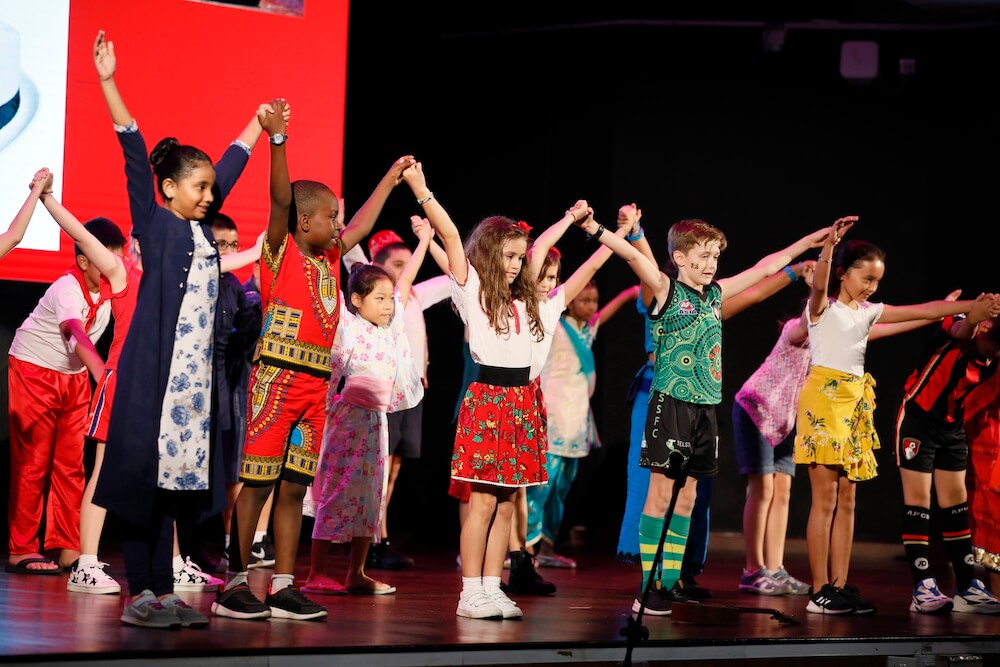The term multiculturalism is a concept that has recently been emphasized by various societies for productivity in education, especially in the sociology of education. Despite the expansion of international communication between countries, cross-cultural (cultural diversity) among ethnic groups and people in a society is also of particular importance. Therefore, cultural differences are not limited to continents and countries, and within each culture, this diversity exists to some extent. Furthermore, in multicultural education, emphasizing the native culture of each region and ethnicity, and respecting and applying it in education, while introducing other cultures and ethnicities to students and creating conditions for knowing and interacting with them, will lead to continuity in the education path, innovation, and creativity among students. Several studies have been conducted to investigate the level of teachers' awareness of cultural diversity and the factors that education officials face in educational environments. These surveys show that neglecting multicultural educational situations may have unpleasant results for the students, the school environment, and society. Therefore, one of the major challenges facing education today is teachers' ignorance of the concepts, principles, and goals of multicultural education.
Some of the teachers do not know enough about the multicultural approach and its role in the development of multicultural bio skills, or they do not accept ethnic and cultural differences, and it is unsure about the abilities and characteristics of people with different cultural backgrounds. From having seen or heard them, they judge hastily and negatively. In this regard, behavior such as humiliating students with cultures from different ethnicities is an example that we are witnessing in some cases. The starting point for the promotion of a multicultural lifestyle is the training of teachers who can establish themselves among a large audience by assuming the appropriate role of multiculturalism.
In addition, it should be mentioned that for teachers who teach in a foreign culture, some students' behaviors and their learning styles can be problematic at first. Therefore, it is better for teachers to quickly recognize the differences in viewpoints and behaviors of their students and pay attention to them. If they don't pay attention to cultural understanding, this lack of understanding will lead to anger, negative thoughts, and finally, their failure in teaching.
The importance of understanding cultural diversity
The work of the American anthropologist Edward T. Hall was pivotal in the development of cross-cultural communication studies in the United States. Hall's research into cultural differences in verbal and non-verbal communications and conceptions of time and space was utilized by the U.S. Department of State through its Foreign Service Institute to assist in training American foreign service diplomats who would be stationed overseas. Two of Hall's books, The Silent
Language (1959) and The Hidden Dimension (1966) are still widely read and relevant today in the field of cross-cultural communications. Hall's work demonstrated the value of applying anthropological concepts to the practical task of training people to work in other cultures. As Hall stated in a landmark 1955 article in Scientific American on the anthropology of manners:
The role of the anthropologist in preparing people for service overseas is to open their eyes and sensitize them to subtle qualities of behavior, tone of voice, gestures, space, and time relationships that so often build up feelings of frustration and hostility in other people with a different
culture. Whether we are going to live in a particular foreign country or travel in many, we need a frame of reference that will enable us to observe and learn the significance of differences in manners.
Propositions effective in recognizing differences
We can infer and guess students' specific thinking, emotional, and behavioral patterns, but there are always exceptions to the rules we make for ourselves. Variables such as age, gender, race, ethnic group, culture, mother tongue, appearance, personality, and many other tangible and intangible factors always create complications, so the teaching method should be practical, experimental, flexible, and responsive. Culture is dynamic; some change over time, and some remain dependent on other variables.
Cultures are not written into codes, but culturally prescribed values and norms are always embedded in our social institutions and unwritten rules of discourse and interaction that we learn through the socialization and internalization processes. Learning another culture is a fairly straightforward proposition. In fact, with a correct attitude and familiarity with communication concepts and spending a little time, you can get the best results as an activist or a teacher.
About the Author: Dr. Azadeh Nazari
Azadeh Nazari, PhD in Culture and Communication, is a communication and media consultant with over 14 years of experience in public health. She is editor in chief of Red Cart monthly (1st magazine which is published on tobacco control). She has collaborated with Iran’s Ministries of Health and Education, WHO, and NGOs on projects promoting strategic communication, advocacy, and behavioral change among adolescents. Her research focuses on intercultural communication and youth risk behaviors, and she led the Tobacco-Free Schools Project, contributing to WHO guidelines through participatory student engagement models.

